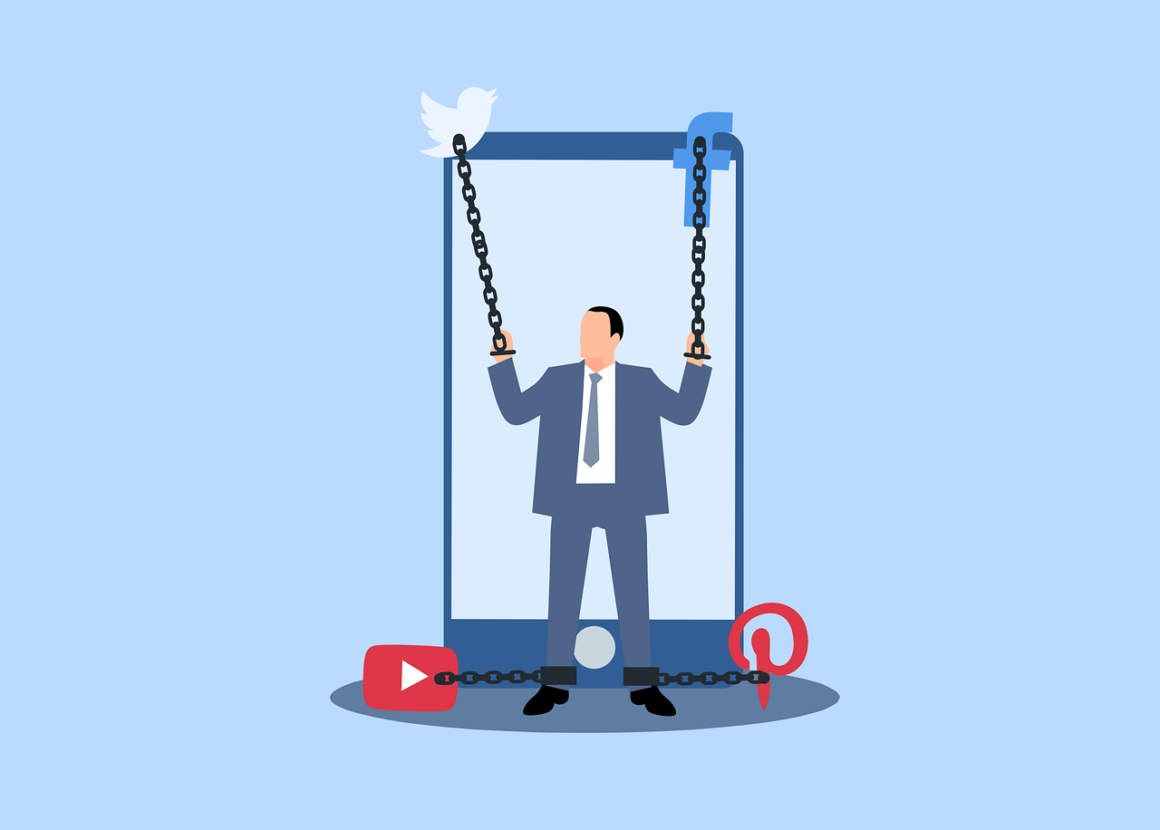This fall quarter at the University of California, Irvine, I am taking an AIDS Fundamentals class that introduces the basics of the biology regarding HIV/AIDS. While all the information I have learned so far is interesting and inciting, the lecture on the stigma surrounding this epidemic really stood out to me.
Mariam Davtyan, whose research focuses on stigma of HIV/AIDS, gave an amazing presentation. I would like to recap the information she shared and expand on it.
To understand HIV/AIDS stigma, it is important to note and understand that there are different types of stigma. Phillips KD outlines them as such:
- Perceived Stigma: awareness of societal attitude and prejudicial actions towards people living with HIV (PLHIV)
- Internalized Stigma: socially constructed views and negative stereotypes about HIV/AIDS and PLHIV that become incorporated into the self concept
- Anticipated Stigma: expected experiences of prejudice and maltreatment
- Enacted Stigma: acts of discrimination directed towards affected populations
- Intersectional Stigma: stigma across multiple statuses (HIV, ethno-racial identity, gender) and levels (individual structural, social conditions)
The root of these stigmas has to do with lack of education. Many do not know a lot about HIV/AIDS because it is not taught in schools as much as it should be. The mentioning of HIV/AIDS makes people uncomfortable which in itself also ties back to stigma. People also have this misconception that the disease is highly contagious and easy to acquire. This wrong assumption could be easily fixed if there were more education outreach. Fear of HIV/AIDS is also an easy fix with education since many believe casual contact is an effective way of transmitting the disease. Lastly, education efforts can help eliminate judgments and preconceptions that HIV/AIDS is only acquired through homosexuality and sex work.
The biggest consequences of stigma surrounding the epidemic is the reduced HIV-testing and access to treatment. People are scared to go get tested because of what others may think of them. This adds to the number of people who do not know they are infected and therefore engage in risky behavior that could unknowingly infect another person with HIV. So, stigma is not helping us reduce the number of PLHIV, instead it is increasing it. Even when people find out they have the disease, the stigma doctors display keeps them from going for checkups, and getting and taking their medicine.
It might be surprising that medical officials who are trained to help, can show stigma but it is more common than one might believe, even in the United States. Doctors often wear double gloves, stand away from patient, ask demeaning questions like: “How did you get infected? Did you sleep with another man?” Even dentists, show similar behaviors when treating patients with HIV, failing to realize that casual contact has zero risk of infection and that saliva has a very, very low risk of transmission.
If our goal is to reduce the transmission and spread of HIV/AIDS and at the same time help those who already live with the disease live happy, normal lives, then we need to dramatically reduce the stigma that surrounds HIV/AIDS. The first step towards that direction is education.




